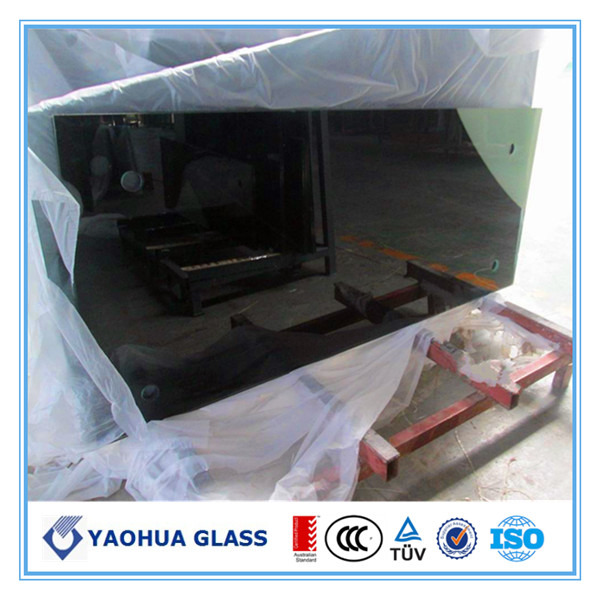Opaque Color Glass is produced by the silk
screen printing using the ceramic ink, various colors and patterns are optional
for any customers' different request. Silk
screen glass is a decorative product which printed inks on glass surface, by
process of drying and toughening treatment, firing the inks on glass surface
forever so as to anti-abrasive, acid and alkaline.
Max Size: 4500 mm*2440 mm;
Min Size: 200 mm*300 mm;
Application: Furniture, Construction,
Decoration;
Opaque Color Glass Opaque Color Glass,Color Opaque Painted Glass,Customized Opaque Painted Glass,Color Opaque Smart Glass Shandong Yaohua Glass Co.,Ltd , http://www.sdyaohuaglass.com
Dimethoate and Omethoate can produce obvious phytotoxicity to plum blossoms, cherry blossoms, cherries, peaches, eucalyptus, stalked sea bream, apricots, pears, etc. Coral flowers are also very harmful. If they are sprayed with dimethoate from June to October, the petals are often curled up, and the leaves, inflorescences and twigs fall off and lose their ornamental value. In addition, dimethoate also has a certain impact on melons.
Dichlorvos has obvious phytotoxicity to ornamental plants such as plum, cherry, peach, apricot, and eucalyptus. Generally, other kinds of sandworms can be used instead. Dichlorvos also has different degrees of phytotoxicity to Rhododendron, Taro, kiwi, Chinese wolfberry, walnut and melon, and should be used with caution when using pesticides to control pests of these plants.
Trichlorfon has medicinal damage to cherry blossoms, plum blossoms, and golden handsome varieties in apples. It has phytotoxicity to Rosaceae plants such as peach, plum, plum, pear, etc. If stone sulphur is used on these plants, it is best. Spray during the deciduous season, do not use during the growing season or flowering period. Stone sulphur mixture has certain phytotoxicity to kiwi, grape, cucumber and legume flowers.
The use of chlorpyrifos in the hot season has serious phytotoxicity to the pomegranate, and it also causes greater damage to the flowers of the cruciferous family.
Bordeaux mixture is sensitive to peach and plum in the growing season. When it is less than the amount, pears, apricots, and persimmons are susceptible to phytotoxicity; when the amount is higher than that, the grapes are susceptible to phytotoxicity.
In order to prevent pesticides from causing phytotoxicity to many ornamental plants, one must purposely switch to other high-efficiency and non-toxic pesticides; the second is to minimize the use concentration; the third is to spray pesticides under high temperature and high humidity conditions, so as to avoid losses. .
Huaxian County Fertilizer Station Yue Xiuli 
Which pesticides are harmful to flowers?
Spring is the season when flowers bloom. There are colorful flowers in the mountains and mountains, and they are full of colorful and fascinating. But which pesticides are harmful to flowers? Here are a few common pesticides.
ã€Comment】 ã€Print this article】 ã€Close this page】 ã€Large, medium and small】